Foam rolling to relieve tension in sore muscles has become a popular trend lately in gyms across the world.
The primary benefit of foam rollers is to break up the muscle fascia through a process known as myofascial release. Fascia is a dense connective tissue that surrounds muscles, tendons and cartilage.
By using your bodyweight and slowly rolling over tight muscles, you will increase blood flow to the muscle. This will enhance the transportation of nutrients while simultaneously relaxing the affected muscle, decreasing the pain associated with tight muscles.
The benefits of foam rolling are much like what you would get from a sports massage. Foam rollers are readily available and inexpensive so you can enjoy the benefits of a massage at a fraction of the cost. Most gyms carry them, but if yours doesn’t, you can simply purchase one at a sporting goods store for a reasonable price.
In addition to a foam roller, a tennis ball or small medicine ball can be used effectively to relieve tension in more hard to reach, targeted areas.
Myofascial release methods can be completed on a daily basis, however, results will be noticeable and effective by incorporating it into your routine only a few times per week.
This practice can be painful, so at first it is smart to give your body plenty of recovery time. As you become accustomed to using a foam roller, it can be incorporated into your routine more frequently.
Hamstrings- Place a foam roller on the floor and sit on the roller, positioning it at the top of your hamstrings. Using your hands to stabilize your body, slowly roll back and forth over your hamstrings. Perform 2-3 sets of 15 repetitions each.
IT Band– Place a foam roller on the floor, perpendicular to your body. Start with your hip touching the roller and, using your hands for stabilization, slowly roll back and forth over your iliotibial band. Perform 2-3 sets of 15 repetitions each.
Back- Place a foam roller on the floor, perpendicular to your body. Start with your knees bent, and upper back touching the roller, and elbows on the ground to stabilize your body. Extend your legs as the roller moves down to your lower back. Repeat for 2-3 sets of 15 repetitions.
Trapezius- In a seated position, take a tennis ball or small medicine ball and apply pressure to your upper back on the opposite side. Using a circular motion, roll the ball into your trapezius muscles to relieve tension. Repeat for 2-3 sets of 10-15 repetitions.
Glutes- Place a tennis ball or small medicine ball on the floor. Cross your legs and place your hands behind you for balance, positioning the ball below your glutes. Roll for 2-3 sets of 10-15 repetitions.
–Parker

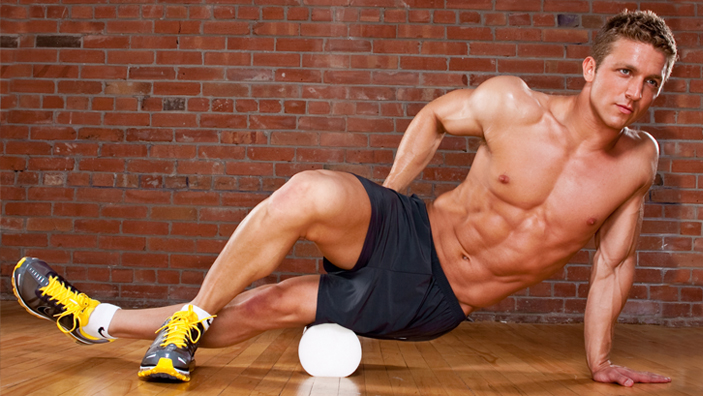
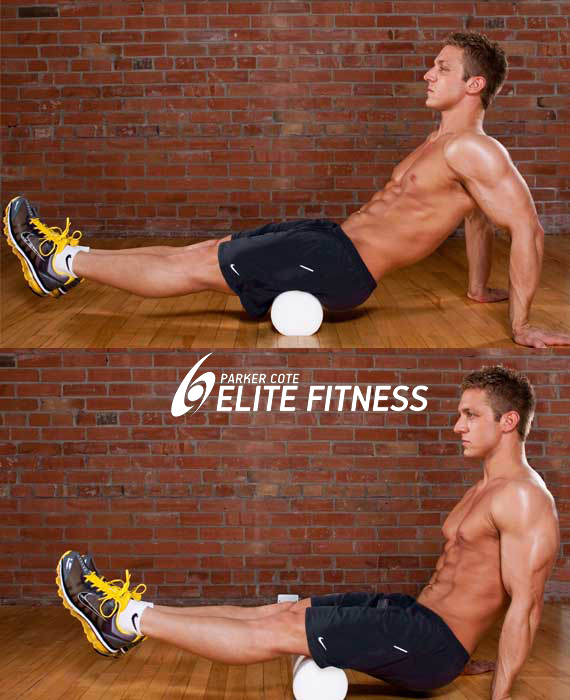
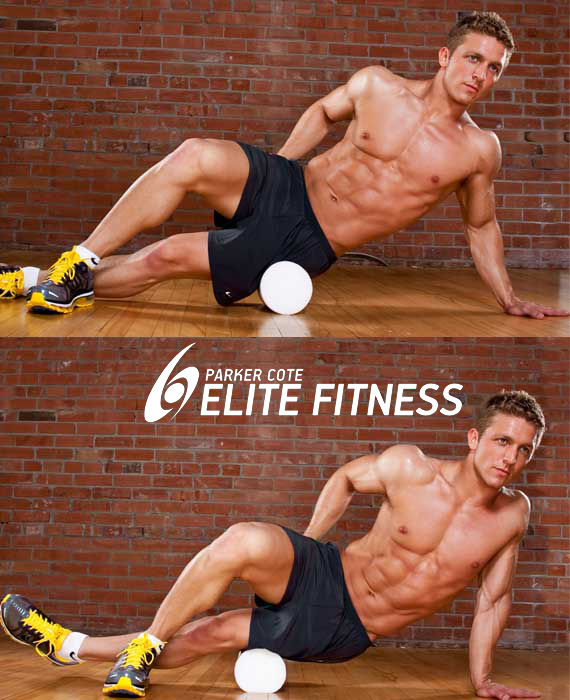
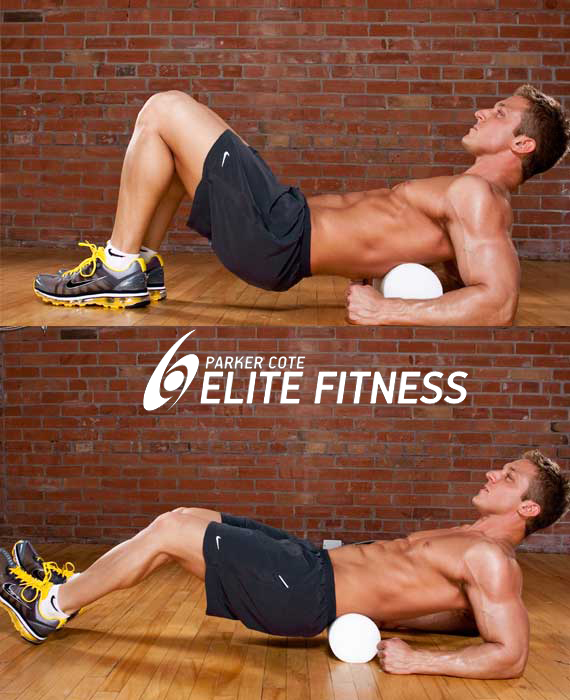
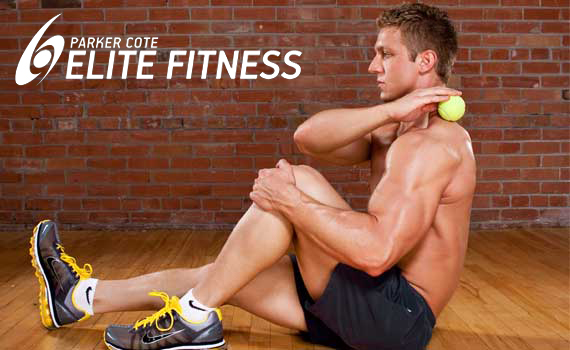

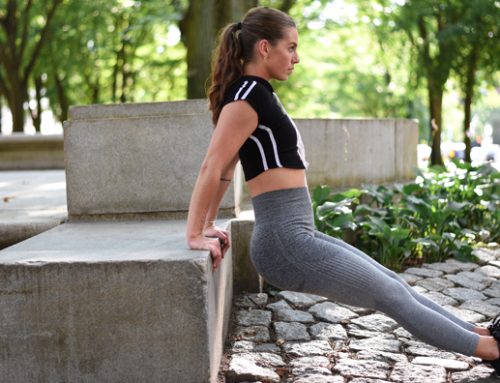
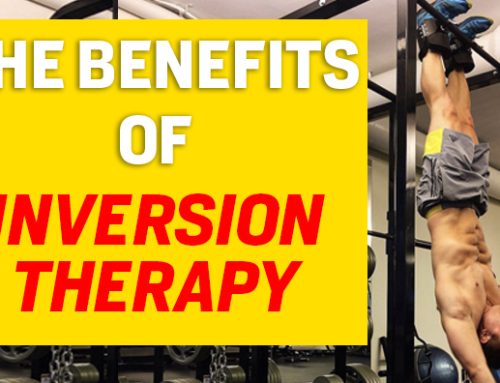
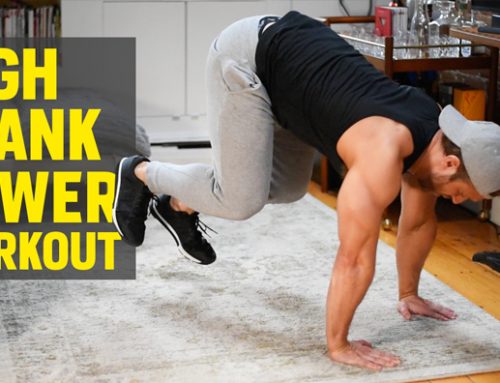
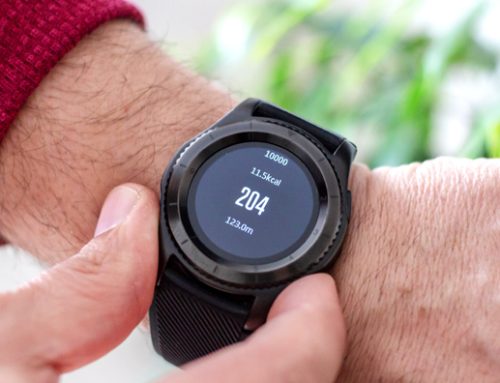

Leave A Comment